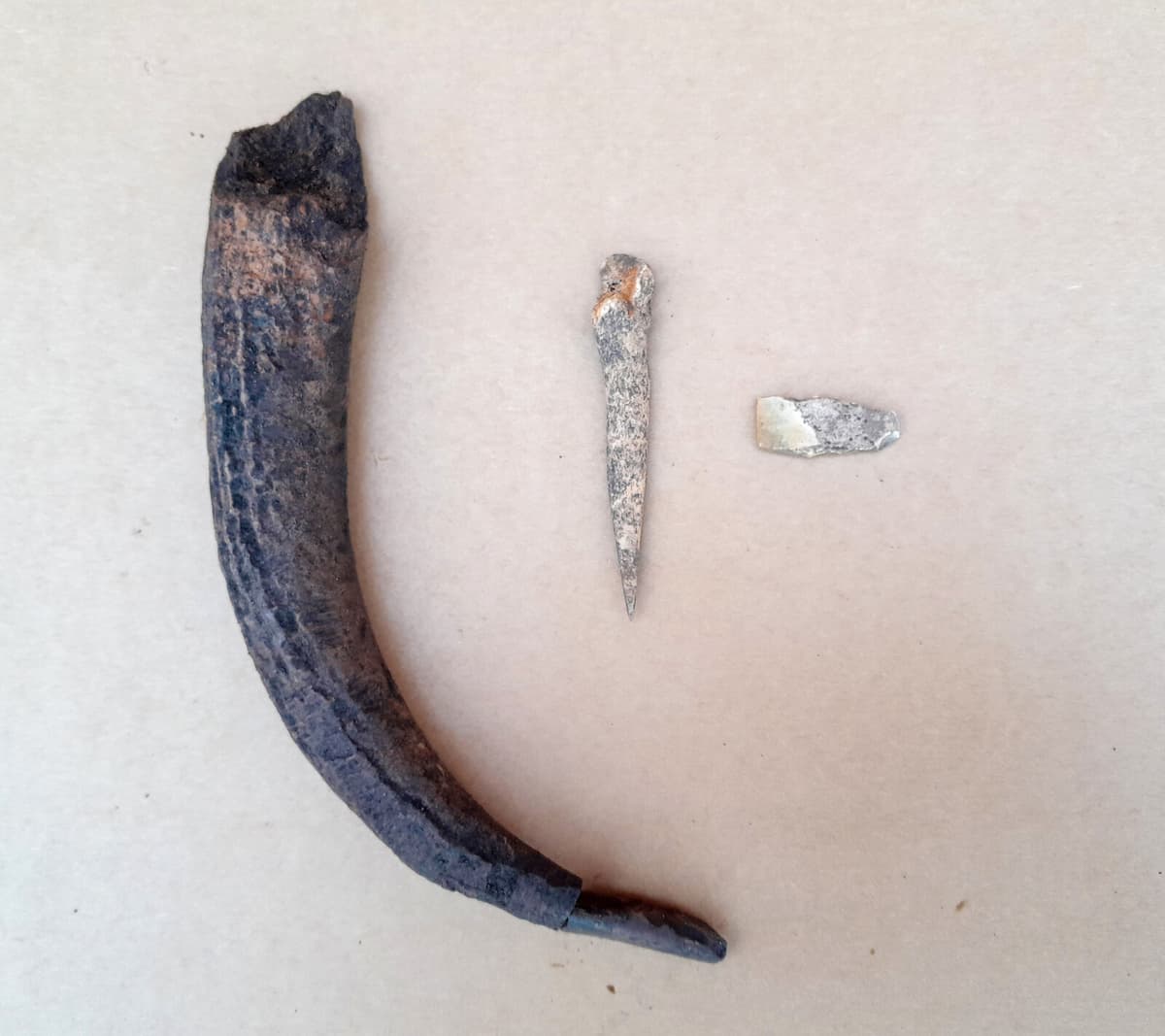Large quantities of bones, flint, and ceramics have been found at a sacrificial site from the Stone Age outside Kristianstad. The archaeologists behind the approximately 5,000-year-old finds describe the site as unique in Sweden.
"The objects are very well-preserved, which is extremely rare," says Magnus Artursson, project leader at Arkeologerna, in a press release from the National Historical Museums.
They date back to between 3,500 BC and 3,000 BC and have been found in an ancient wetland in Hammar. The area is believed to have been used as a local gathering place, where people have feasted and engaged in crafts and rituals. Next to the wetland, there are remains of a large, semi-circular stone structure, which is believed to have been used for ritual purposes. Many finds of ceramics and processed products of flint and bone have also been made there.
The archaeologists have applied for more money from the National Heritage Board to be able to continue the excavations.





